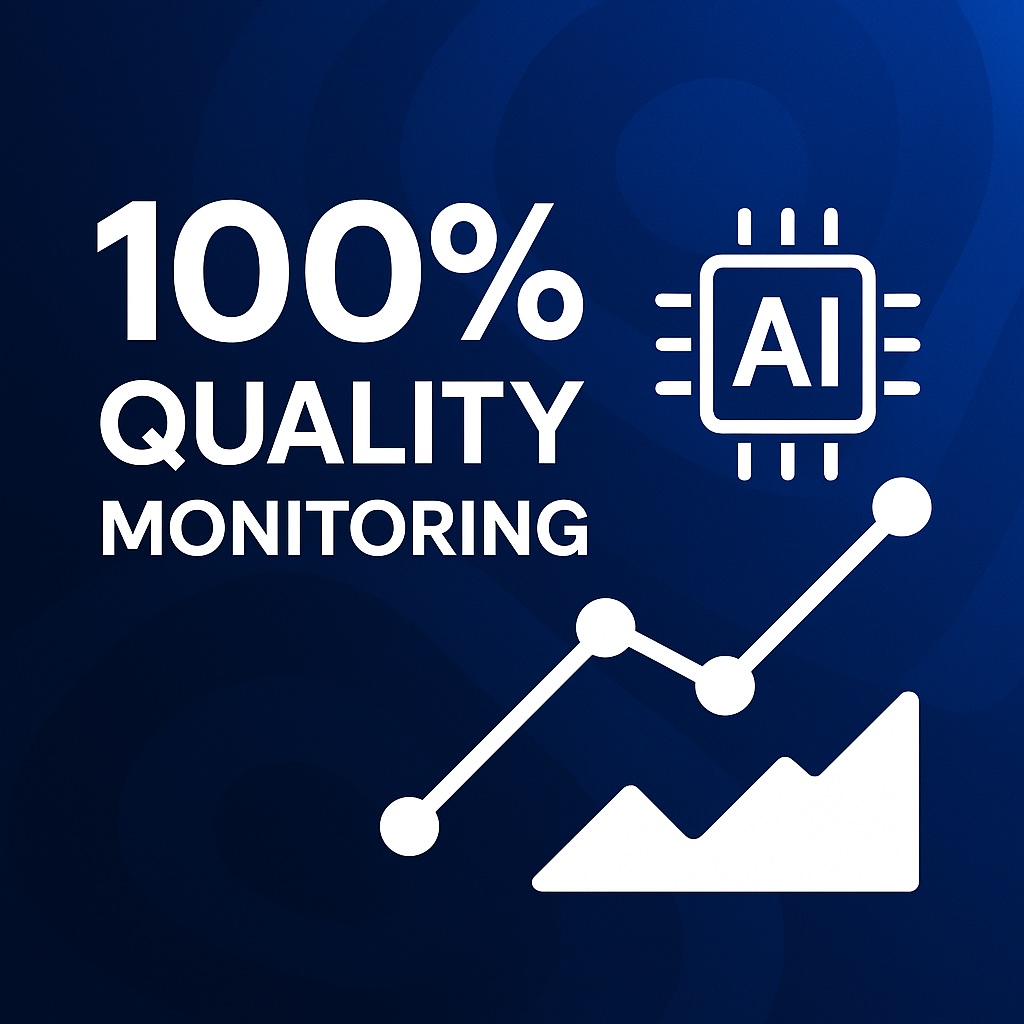
How to Conduct a Segmented Analysis of User Pain Points
Understanding and addressing customer pain points is crucial for improving satisfaction and reducing churn. A segmented analysis allows you to dig into the specific issues faced by different categories of users, enabling more targeted and effective solutions. In this article, we’ll explore how to conduct a segmented analysis using Gravite.io as an example.
1. Introduction to Segmented Analysis
Segmented analysis involves categorizing users into specific groups and analyzing their unique pain points. This approach helps identify the most pressing issues for each segment, allowing for tailored interventions that can significantly enhance user satisfaction.
2. Step-by-Step Guide to Segmented Analysis
- Create Your Segment:
- Start by logging into Gravite.io and navigating to the user section.
- Select one of your users to view all attributes associated with them.
- Create a new segment by defining its type—whether it's text, select, multi-select, date, or URL. For this example, we'll create a "persona" segment to classify users as either "key account" or "mid-market client."
- Import User Data:
- Prepare your user data in a CSV file, which can be sourced from your CRM, Intercom, or any other platform.
- Ensure your CSV file includes the "persona" column with the exact options you defined in Gravite.io (e.g., key account, mid-market).
- Import the CSV file into Gravite.io by clicking the upload button and selecting your file.
- Map the columns in your CSV file to the appropriate fields in Gravite.io. Make sure to map the email attribute correctly, as this will be used to reconcile user data from different sources.
- Map Attributes:
- During the import process, you’ll see a preview of your data.
- Map each column from your CSV file to the corresponding fields in Gravite.io, ensuring the "persona" attribute is correctly linked.
- Validate the mapping to confirm the data is accurately imported.
- Launch Analysis:
- With your user data imported and segmented, you can now launch an analysis on a specific user segment.
- For example, create an analysis for the "mid-market" segment to identify their unique pain points.
- Use Gravite.io’s tools to visualize and understand the friction points and sources of dissatisfaction for this segment.
3. Benefits of Segmented Analysis
- Targeted Interventions: By understanding the specific issues faced by different user segments, you can develop tailored solutions that directly address their needs.
- Improved Satisfaction: Addressing segment-specific pain points helps enhance overall user satisfaction, reducing the likelihood of churn.
- Data-Driven Decisions: Segmented analysis provides actionable insights, allowing you to make informed decisions that drive customer success.
4. Tips for Effective Segmented Analysis
- Regular Updates: Continuously update your segments and user data to ensure your analysis reflects the most current information.
- Engage with Insights: Use the insights from your segmented analysis to engage with your team and users. Discuss how specific solutions can address their pain points.
- Iterate Solutions: Based on the analysis, iterate on your solutions to better meet the needs of each segment, enhancing your product or service accordingly.
Take a tour with me !
Conducting a segmented analysis of user pain points can significantly improve your customer success strategy. By leveraging tools like Gravite.io, you can gain deep insights into user-specific issues and develop targeted solutions to drive satisfaction and reduce churn. If you have any questions or need assistance, feel free to reach out by email at emmanuel@gravite.io or through our Intercom chat on our landing page. Don't forget to subscribe to our channel for more insights and updates.



